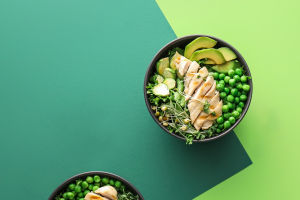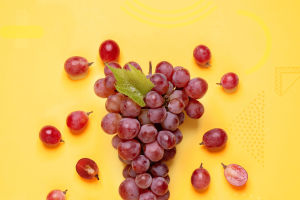In a nutshell, Indian cuisine is a combination of "simple ingredients + main seasonings + cooking methods". The magic of Indian food lies in its variety of seasonings. It is a simple, simple and finely crafted dish made by combining herbs and spices.
Indian cuisine is famous for its curry, which is mainly based on different foods such as fish and vegetables to reconcile a variety of spices, which does not cover up the natural taste of the food itself, but also has a strong aroma. Indian pancakes, fried fresh vegetables, etc. are more common Indian dishes. In addition, chai tea and desserts are also very local characteristics.
When traveling in India, missing a curry burrito for breakfast can be a day's regret. In the early morning, woke up from the hazy sleep, and the rich fragrance has spread everywhere. The chef adds mustard or rice flour to salad, oil, sugar, salt, and milk, kneads it into a ball, then shovels it flat, and immediately puts it in the pan and frys it into a hollow puff pastry or rice cake. After cooling, it becomes bright in color. Golden brown pancakes. Surrounded by fragrant mashed potatoes, mashed curries and fresh fruits and vegetables, as well as freshly ground coconut chutney, kimchi, tomato lentil sauce, and more.
If you like spicy food, you might as well sprinkle some spice powder and thick curry for extra flavor. The crisp pancakes are rolled into mashed potatoes, onions, rubbed into rich sauces, and then dipped in sweet and sour mango sauce or other hot sauces.
Sambar is a typical South Indian thick soup stew. Sambar represents one ingredient, flavor, and method of making, but anyone can add whatever they like or adjust the ratio of ingredients. Sambar usually chooses three or more ingredients from okra, radishes, squash, potatoes, tomatoes, eggplants, green peppers or onions, and green peppers are used in a large amount. The final form of Sambar may be a thick soup, or it may be stewed vegetables. It is very delicious to eat with white rice.


